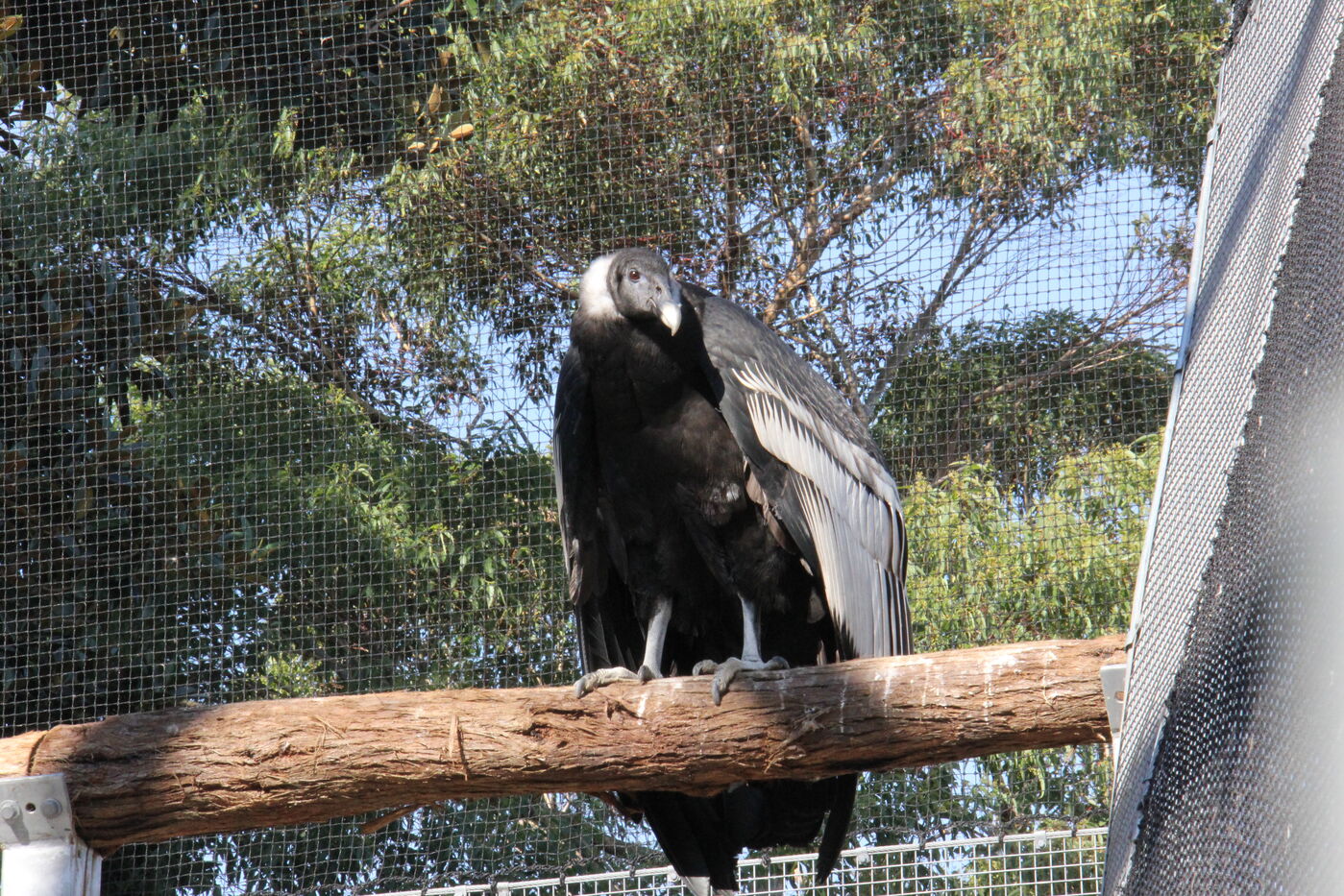Flight of the Condors
The Andean Condor is one of the largest flying birds in the world. They weigh up to 15kgs and have a wingspan up to 3.3m. This wingspan is more than a metre longer than the Wedge-tailed Eagle’s, the largest of Australia’s predatory birds, and over twice the arm span of an average person.
On the Wing
Condors can soar for over five hours without flapping their wings, travelling hundreds of kilometres. Wing flapping mainly occurs during take-off, after which they rely on thermal updrafts to keep them in the air without using excess energy.
Cliffhanger
Male condors court females through movement and vocalisations. They nest in small caves high in a cliff face, where the female lays a single egg. Both parents share in the egg’s incubation and care for the chick for over a year. This means they only raise chick every second year.

Why are Condors important?
Andean Condors have been of significant spiritual and cultural importance for thousands of years, associated with good health and strength, and are today the national symbol of several South American countries. Like other vultures, Condors serve as nature’s clean-up crew, recycling the carcasses they feed upon which reduces disease spread and improves ecosystem health.
Vulnerable Vultures
Poaching, deliberate or accidental poisoning, collisions with powerlines, and loss of habitat have contributed to the decline of the condor. Condors and other vultures are sometimes persecuted by farmers due to the false belief they steal livestock, however as scavengers they usually only eat animals that have already died. Taronga has supported various in-situ vulture projects and contributed to the Andean Condor’s global breeding program.
Come and meet us
See Australia’s only Andean Condor in the condor aviary or during the Free Flight Bird Show at Taronga Zoo Sydney.